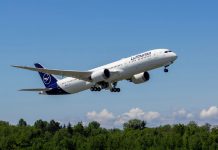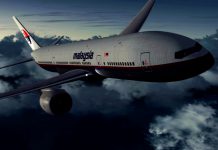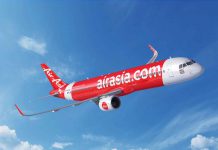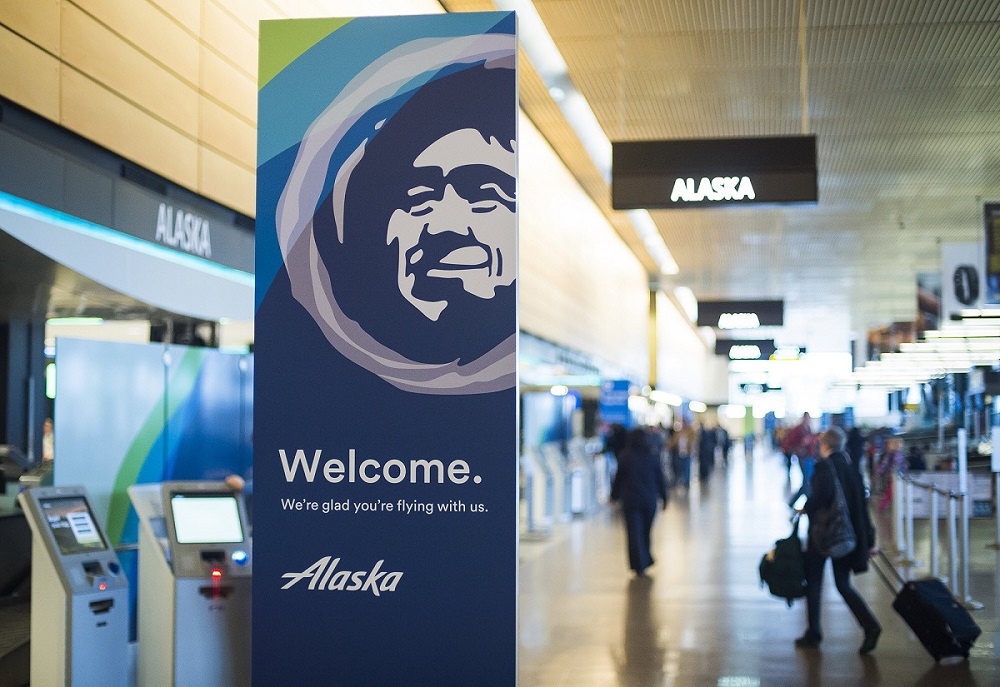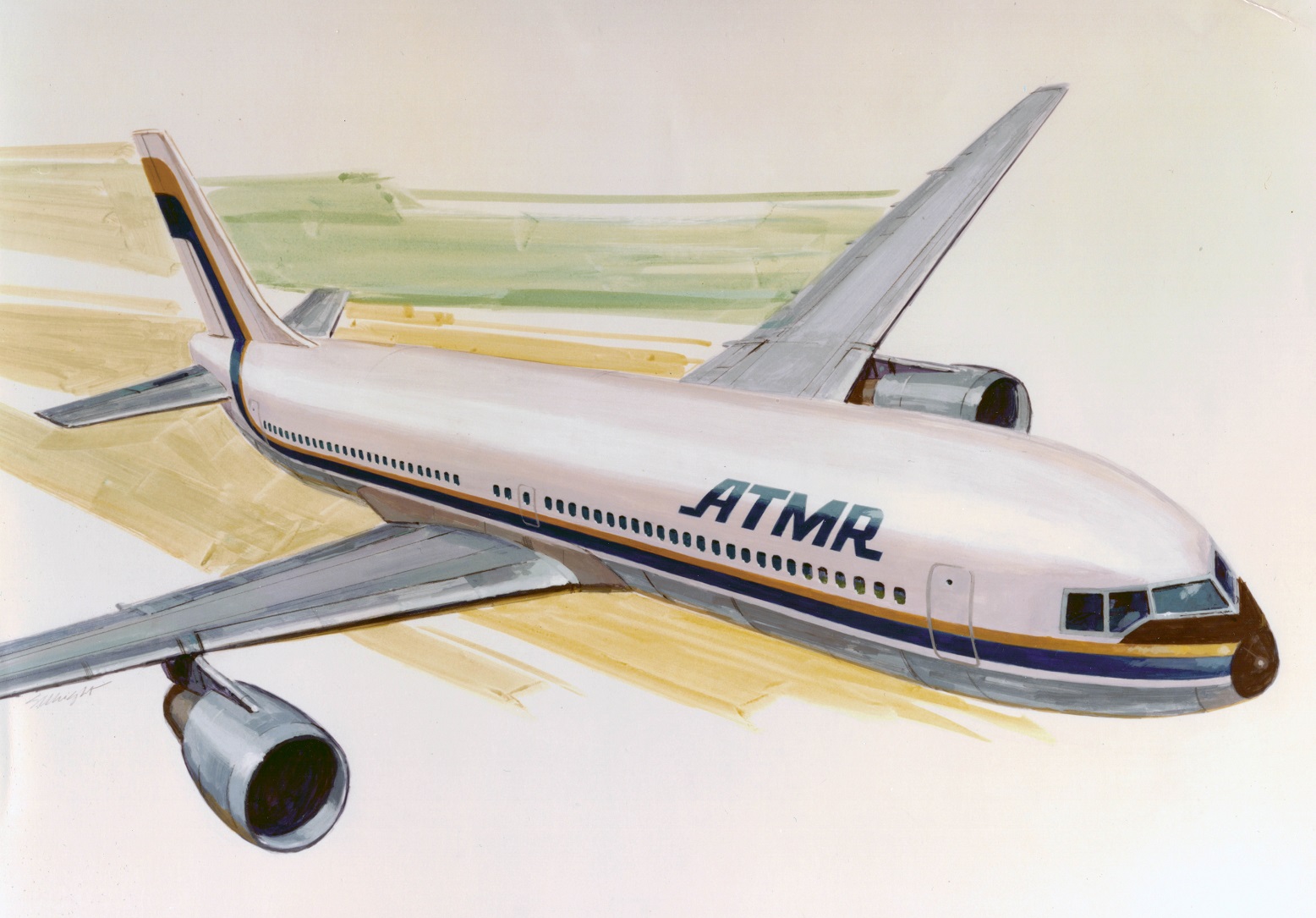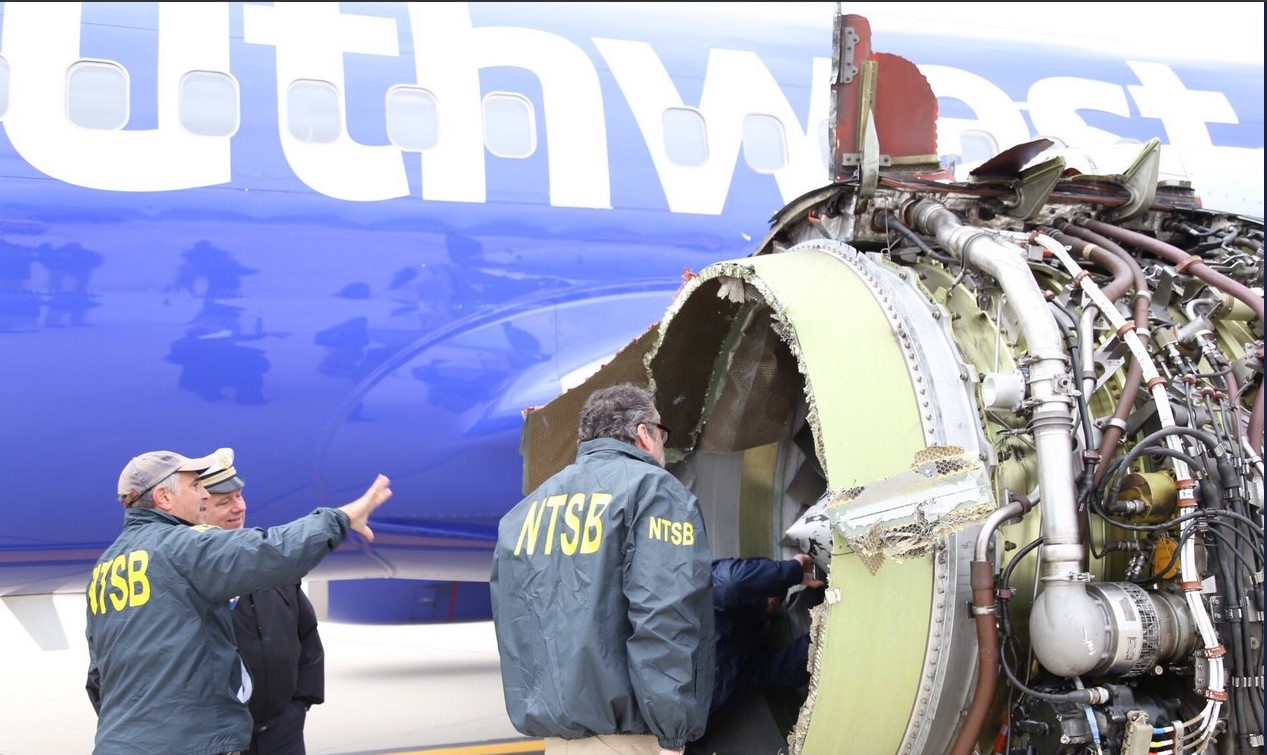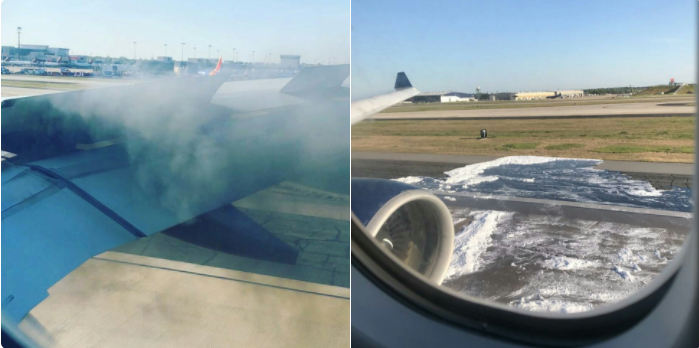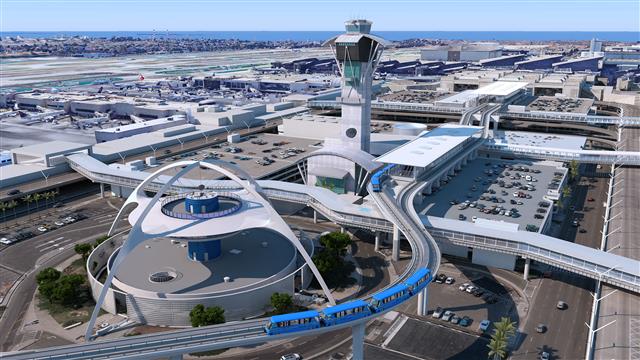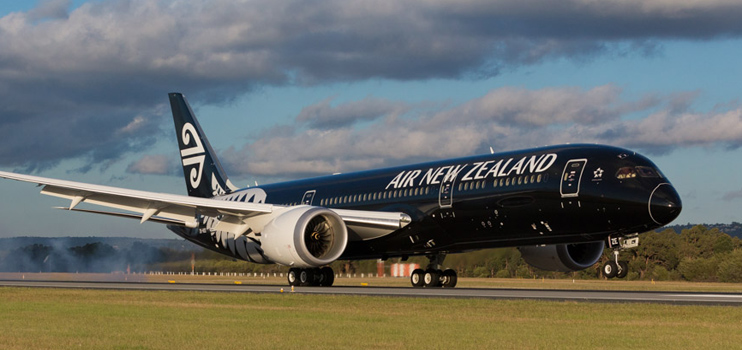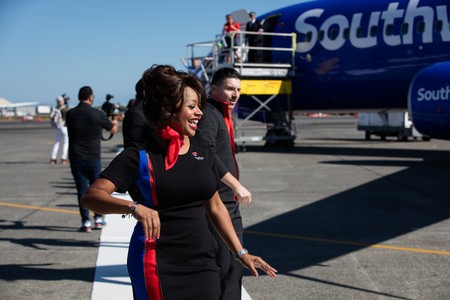The journey of feisty upstart Virgin America ends on April 24 as new owner Alaska Airlines retires the airline’s flight numbers and transfers all customer functions to its website.
Starting on April 25, every check-in will be performed by alaskaair.com as the bigger airline also takes overall customer service and mobile app functions.
The Virgin America brand will be removed from airports and all images and signs updated to the Alaska brand at 29 airports around the US and Mexico.
“Signs and screens will all change to Alaska branding at curbside locations, lobbies, ticket counters, gates and baggage areas,’’ the airline says on its website. “While there will be some Virgin America painted aircraft still flying for a period of time after April 25, tickets will be sold only under the Alaska name.”
The airline has already painted some Virgin America aircraft in its colors. It will start installing new interiors from the US autumn with work expected to be completed by 2019.

Read: Alaska, Qantas double codehare operations
Alaska bought Virgin America for $US2.6 billion in 2016 and the two carriers have been operating under one operating certificate since January. Obtaining the single certificate took 110 employees 70,000 hours as they analyzed more than 39,000 pages of material and instituted about 15000 changes to policies.
The merging of staff from the two airlines took another step forward the following month with a tentative merger agreement for the company’s 5400 flight attendants.
Virgin American was launched by billionaire Richard Branson on August 8, 2007, and delivered a breath of fresh air into the US domestic airline market.
It was a hit with travelers and won a slew of awards, including from AirlineRatings.
Alaska has used Virgin’s fleet of Airbus aircraft to drive into new markets and expand its network.
Read our ratings for Alaska Airlines.
Today, the combined airlines and their regional partners operate 1200 daily flights to more than 115 destinations and employ more than 23,000 people.
Separately, Alaska announced Thursday that it was joining other carriers in introducing new rules for emotional support animals for tickets purchased after May 1.
Passengers traveling with emotional support or psychiatric service animals must provide animal health and behavioral documents after this date, as well as a signed document from a medical doctor or mental health professional, at least 48 hours in advance of departure.
The change does not apply to the airline’s policy for traditional service animals such as guide dogs.


